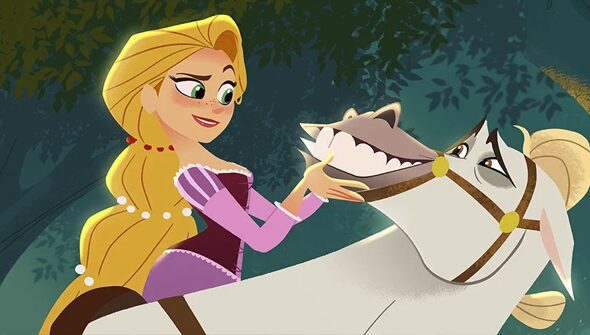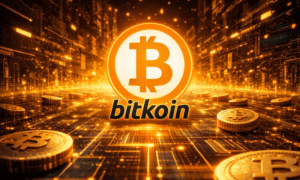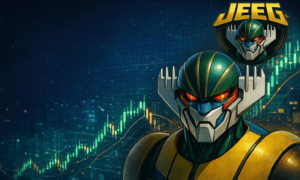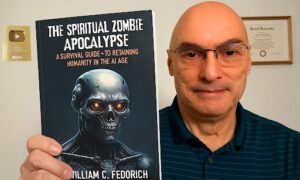In an age where digital effects and computer-generated imagery (CGI) dominate the world of animation, it’s easy to overlook the hand-drawn, frame-by-frame techniques that once defined the medium. However, there’s been a noticeable resurgence in the use of traditional animation methods in recent years. This comeback isn’t just a nostalgic nod to the past but a deliberate shift in the way animators, artists, and production studios are approaching their craft. From feature films to online content, traditional animation is not only surviving but thriving in a world where technology has given rise to more convenient alternatives. So, why is traditional animation making a comeback, and what does this mean for the future of the animation industry? Let’s take a closer look.
The Charm of Hand-Drawn Animation
There’s something undeniably magical about hand-drawn animation. Whether it’s the fluidity of the movement or the warmth that comes from seeing something created by human hands, audiences connect with the artistry in ways that are harder to achieve with digital methods. The personal touch involved in traditional animation allows for unique styles, intricate details, and an emotional depth that sometimes feels lacking in computer-generated imagery.
Even as the animation industry has moved towards 3D and CGI, the tactile nature of traditional animation, with its hand-drawn characters and backgrounds, evokes a sense of nostalgia. It reminds viewers of the classics—think of Disney’s “The Lion King” or Studio Ghibli’s “Spirited Away.” These timeless films continue to captivate audiences of all ages, and many animators are eager to recreate that emotional connection by reviving the traditional techniques that made them special.
Nostalgia and Audience Demand
One major factor driving the resurgence of traditional animation is the growing demand for nostalgic content. As older generations remember the golden age of animation with fondness, they’ve expressed a desire for the same quality and aesthetic that defined their childhood. The impact of beloved classics from the ’80s and ’90s, like “The Little Mermaid” and “Aladdin,” can’t be overstated. They are part of a cultural moment that still resonates deeply with fans.
Modern streaming platforms, such as Netflix and Disney+, have tapped into this sentiment, with many of them offering a blend of new, hand-drawn projects alongside their CGI-heavy content. Not only do viewers get to experience the rich animation style of the past, but they’re also able to discover fresh takes on traditional techniques. This growing demand for nostalgic content is propelling studios and animators to revisit traditional animation techniques to meet audience expectations.
The Flexibility and Creativity of Traditional Animation
Unlike digital animation, where the constraints of software and technology can sometimes limit creative freedom, traditional animation allows artists to break free of these boundaries. With pencil and paper, an animator can create a world from scratch—no limits imposed by the digital world. They can bend reality, craft expressive characters, and design intricate landscapes without having to worry about rendering time or computing power.
Traditional animation can also lend itself to a variety of artistic styles. Whether it’s a minimalist approach with simple lines or a highly detailed, textured style, hand-drawn animation allows for a level of artistic freedom that is harder to replicate with digital tools. The possibilities are endless, and animators can incorporate elements of the physical world in ways that can be difficult to achieve digitally.
The Financial and Artistic Freedom of Traditional Animation
While it’s true that creating traditional animation can be more time-consuming and labor-intensive than digital animation, it offers greater financial freedom in some cases. High-end CGI and 3D animations require significant investment in technology, software, and skilled labor. Traditional animation, on the other hand, often requires fewer technological resources. For smaller studios or independent creators, hand-drawn animation can be a more cost-effective way to produce high-quality work.
This financial flexibility allows smaller, independent animators to focus more on their creative vision, giving them the ability to experiment with different styles and techniques. They’re not restricted by budgetary concerns tied to advanced digital tools, which can sometimes stifle creativity. As a result, traditional animation has become an attractive option for independent filmmakers, artists, and studios who value artistic expression over the rigid structure of digital tools.
The Rise of Hybrid Techniques
Interestingly, the comeback of traditional animation doesn’t mean the complete rejection of digital methods. Instead, there’s a growing trend of combining traditional animation with modern technology. Hybrid techniques, where hand-drawn animation is combined with CGI and other digital effects, are becoming increasingly popular. These hybrid projects preserve the warmth and charm of traditional animation while benefiting from the conveniences of modern technology.
For example, movies like “The Secret of Kells” and “The Breadwinner” seamlessly blend hand-drawn animation with digital tools to create visually stunning works that feel both contemporary and timeless. This balance between the old and the new is a testament to the versatility of traditional animation and its ability to evolve with the times.
Furthermore, even with the rise of tools like Ghibli AI, which allow for the generation of animation in a Ghibli-esque style, the underlying appreciation for the human touch of hand-drawn animation remains strong. Ghibli AI, while technologically advanced, highlights the enduring appeal of traditional animation styles, and showcases how technology can be used to enhance rather than replace the artistry of hand-drawn techniques.
The Influence of Animation Services
Another contributing factor to the resurgence of traditional animation is the growing demand for animation services across a wide variety of industries. With more businesses recognizing the power of animation to engage audiences, there’s an increasing demand for high-quality, diverse animation content. Animation services aren’t just limited to film and TV production anymore; they’re being utilized in advertising, educational videos, corporate branding, video games, and social media.
As a result, animators are adapting their skills to meet this growing demand for custom animation solutions. The return to traditional animation techniques, whether it’s through hand-drawn illustrations, stop-motion, or other classic methods, is a natural response to the need for creativity and originality in animation services.
For studios offering animation services, the challenge is to strike a balance between meeting modern expectations while staying true to the art form. This blend of tradition and innovation is allowing animators to reach new heights in their craft and appeal to an ever-expanding audience base. Traditional animation, often seen as the “artistic choice,” is now being embraced as part of a broader, hybrid animation landscape that offers flexibility, creativity, and accessibility.
Cultural Shifts and Artistic Rebirth
As we see a shift in the global cultural landscape, with audiences increasingly prioritizing originality and artistry, there’s been a resurgence of interest in the craftsmanship behind traditional animation. It’s not just about producing cartoons or animated movies; it’s about supporting the creative journey, the artistry, and the human elements that go into making them. The hands-on process of traditional animation allows artists to express themselves in a deeply personal way, something that is harder to achieve when relying solely on computers.
This change in how we view art and creativity has led to a renewed appreciation for hand-drawn animation, and its influence is starting to creep into other mediums. For instance, social media platforms are filled with digital artists reinterpreting traditional animation techniques and creating new pieces of work inspired by the past. The resulting content often resonates with people in a way that digital-only animations simply can’t replicate.
The Future of Traditional Animation
Looking ahead, the future of traditional animation seems promising. With technology advancing, we’re seeing the development of tools that help streamline the animation process, making it less time-consuming and more efficient without sacrificing quality. Programs that simulate traditional hand-drawing techniques are allowing artists to create digital works that still feel “hand-made,” preserving the essence of traditional animation while benefiting from modern technology.
As hybrid techniques continue to evolve, the beauty of traditional animation will remain a crucial element of the animation industry. As more studios and independent creators embrace these methods, we’ll continue to see a renaissance of traditional animation techniques in new and exciting ways.
Conclusion: Embracing the Past to Shape the Future
While computer-generated imagery will undoubtedly continue to dominate the animation industry, traditional animation techniques are far from a thing of the past. In fact, they’re making a comeback, as more animators and audiences alike recognize the value of this timeless art form. Whether it’s the charm of hand-drawn animation, the nostalgia it evokes, or the artistic freedom it offers, traditional animation is proving that there’s always a place for it in today’s rapidly changing world of animation.
As studios and independent animators find new ways to integrate traditional animation with modern techniques, the future of animation services looks incredibly bright. Traditional animation isn’t just a relic of the past—it’s a crucial part of the future. If you’re seeking creative, artistic, and unique animation services for your next project, there’s never been a better time to explore the wonders of traditional animation.





























